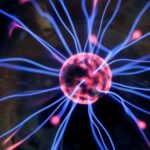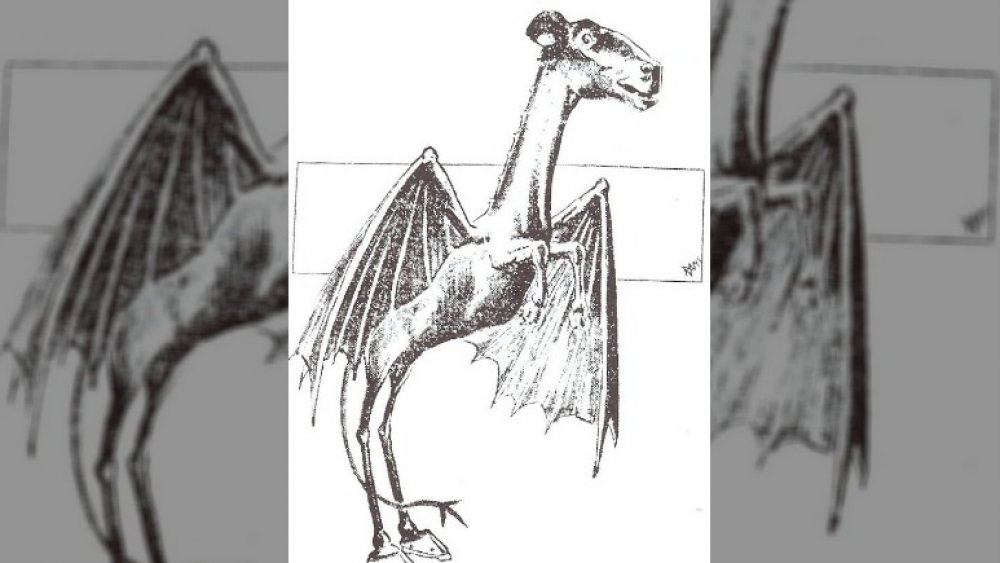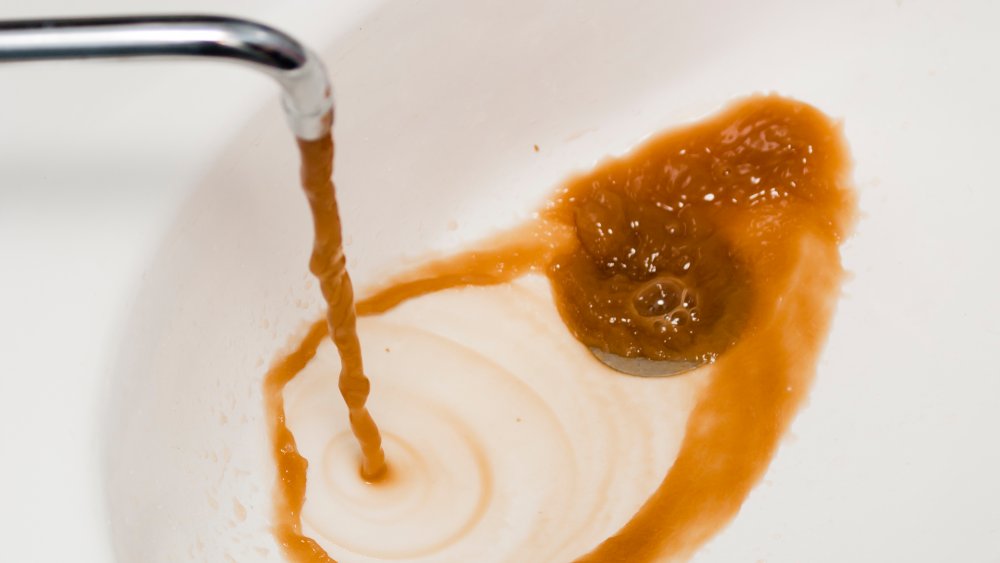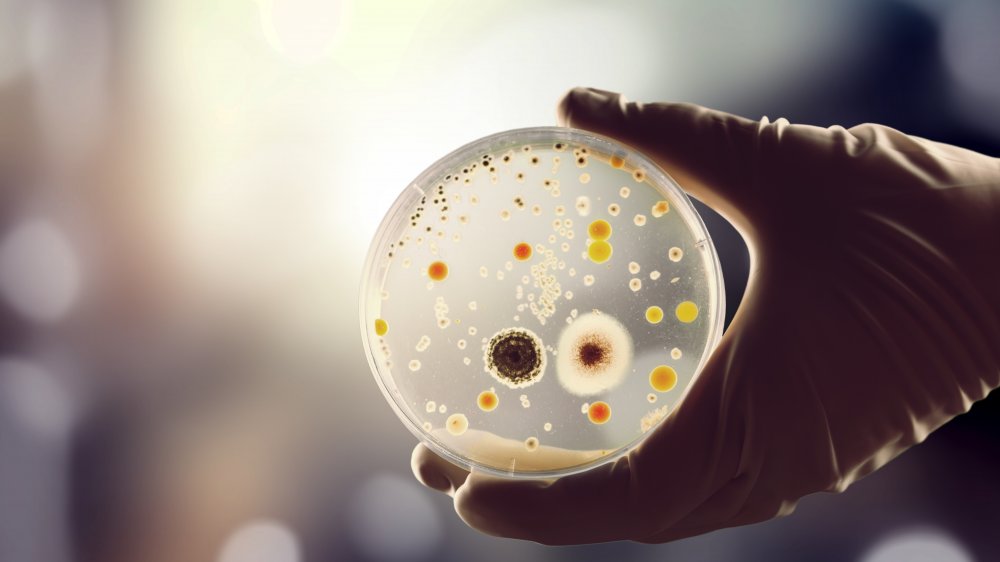
New Device Can Generate Electricity Out Of ‘Thin Air’
Look out Tony Stark, a new study published in the journal Nature has scientists claiming they can now produce electricity “out of thin air,” and it’s all thanks to one of the simplest forms of life on the planet. A bacterium discovered in the goopy sediments of the Potomac River has a unique superpower. The microbe, a member of the genus Geobacter, has the capacity to produce magnetite from an anaerobic environment. The discovery marked the first time scientists observed this process occurring without the presence of oxygen. It got researchers thinking: What other magic tricks might this little microbe be able to perform?
It didn’t take biologists long to discover that their bacterial skill-set includes the production of organic nanowires capable of sustaining a measurable electric current. Since that discovery, researchers have been clamoring to come up with applications for this shocking gift. Bacterial kitchen appliances, anyone? According to this latest study, researchers may have hit the jackpot with a new invention they’re calling Air-gen.
The engineers from the University of Massachusetts, Amherst responsible for Air-gen refer to it as the “genius device.” Modest bunch. According to the team, the device utilizes the novel Geobacter species to create electricity out of thin air. Presto change-o.
A shocking discovery in the microbial world
“We are literally making electricity out of thin air,” said UMass engineer Jun Yao, doing his best Chris Traeger impersonation. “The Air-gen generates clean energy 24/7.” So climate change solved? Yao’s pronouncement is actually more of a clever play on words. Air-gen does indeed produce electricity “from thin air,” but that doesn’t mean it produces something from nothing. All that Geobacter sulfurreducens needs to generate an electric current is the presence of air around it — and it’s all thanks to the protein nanowires.
The Air-gen itself is a pretty simple device. It consists of two electrodes sandwiched around a thin membrane of bacterial nanowires just 7 micrometers thick. The two electrodes have to be exposed to open air in order for the device to work its magic. That exposure allows the genius device to absorb water vapor from the atmosphere. It’s that moisture gradient that creates the measurable current in the nanowires.
The Air-gen currently only generates 0.5 volts, but Yao believes his team isn’t far off from the ability to scale up to the levels necessary for real industrial applications.

Operation Midnight Climax: The Sub-Project Of MKUltra You Didn't Know About

Inside The Mysterious Disappearance Of Rebecca Coriam

The Creepiest Items Recovered From Jamestown

What You Should Know About Alien Invasion: Hudson Valley's Melissa Tittl

This Bizarre Cheese Law Sounds Fake But Is Actually Real

The Legend Of The Jersey Devil Explained

The Awful Truth About Tainted Drinking Water In The U.S.

The Truth About Steven Seagal's Failed Energy Drink

'World's Worst Cat' Has Found A Home

The Largest Chicken Breed In The World























